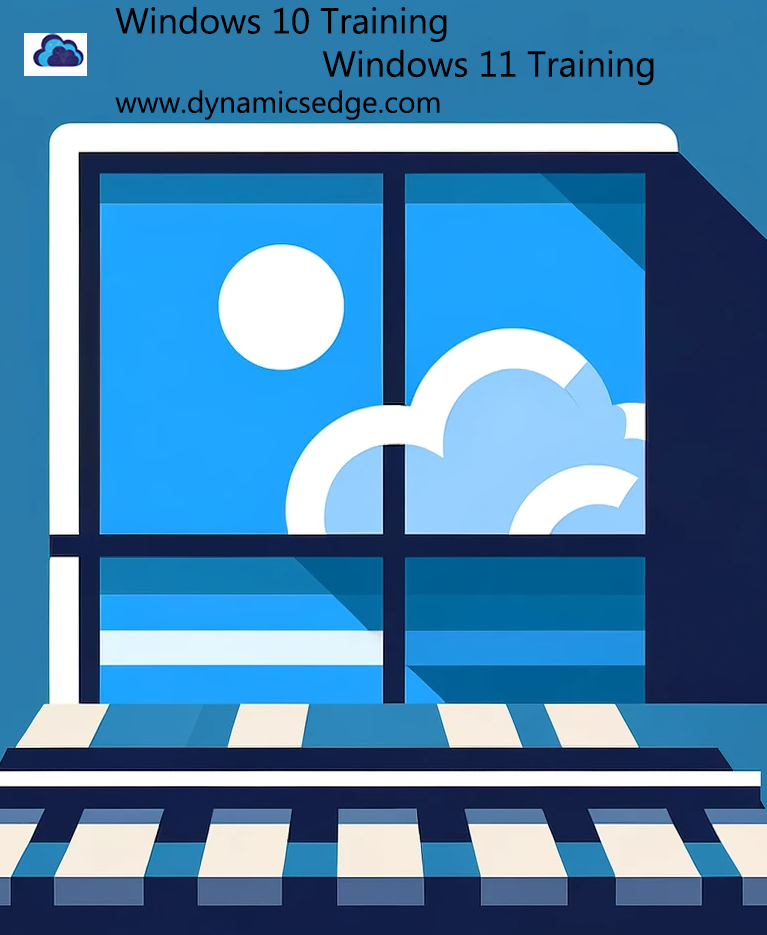Windows 10 is marching towards its end of life on October 14, 2025 as Microsoft demonstrates its evolving vision of personal computing. Launched in July 2015, Windows 10 brought back the beloved Start Menu, with modern touches like live tiles. Win 10 also introduced Cortana – a new era of digital assistants in our daily computing. Its unified platform approach and free upgrade policy also began to mark a quite strategic shift that aimed to harmonize the user experience across devices.

The intricacies learned in bespoke Windows 10 training, especially and particularly the Start Menu, can show you a blend of tradition and innovation that really exemplifies Microsoft’s commitment to user experience. The Start Menu, once a hallmark of Windows’ simplicity, was re-imagined in Windows 10. It combined the familiar, simplistic list-style layout with dynamic, customizable live tiles. This offers you real-time updates and a much more personalized interaction. This harmonious blend was a clear nod to user feedback, and balances the need for a classic, accessible interface with the desire for a modern, interactive experience.
Further enhancing the Start Menu to perhaps learn in Windows 10 custom training include the seamless integrations with Cortana and Universal Apps. These were quite important in transforming how users interacted with their PCs. Cortana brought a layer of intelligence, which empowered voice-activated controls and personalized assistance. Meanwhile, Universal Apps also created a seamless experience across devices. These innovations went beyond mere features, into a shift towards a more connected, efficient, user-centric and awesome computing era. As Windows 10 now approaches its end of life, these elements still show its enduring impact, and they set the stage for the next leap in personal computing with Windows 11.
Now, as we edge closer to 2025, the landscape is changing quite drastically. Windows 10’s end of life means an end to security updates and technical support. That means there’s potential risks for users clinging to the familiarity of this OS version. But it’s not the end of the world. It’s more like a transition – a nudge towards the future that’s clear and filled with potential in Windows 11. As Windows 10 bids its farewell, Windows 11 is now the new frontier, with enhanced features, stronger security, and AI-integrated experiences that align well with the evolving needs of modern computing. This shift is more than an upgrade to some operating system, because it’s much more about stepping into a future where the boundaries between local and cloud computing blur. This can open new possibilities for productivity and engagement.
As Windows 10 approaches end of service, Windows 11 is now the future direction of Microsoft computing. Introduced in October 2021, Windows 11 not only enhanced the user interface with a centered Start menu and rounded corners but also emphasized efficiency and ease of use with features like Snap Layouts and Snap Groups. These improvements were less about mere aesthetics and more about a deeper commitment to user-centric design.
Windows 11 also marked quite the significant step forward in integrating AI and cloud technologies. With AI-enhanced features, tighter integration with Microsoft’s cloud services, and more – Windows 11 offers a better, intuitive and more personalized user experience. This transition from Windows 10 to Windows 11, beyond being a software upgrade, is a leap into a new era of connected and intelligent computing.
Security in Windows 11 has been fortified to reflect the evolving security concerns of the modern digital landscape. With features like Windows Hello and improved security updates, Windows 11 provides a more robust defense against modern security threats. As the world becomes increasingly digital and interconnected, this heightened security is so important to making sure you stay protected in 2024 and beyond.
Here comes bespoke Windows 11 training to continue your evolution understanding updates like KB5034123 that enhance your functionality and user experience. You can see how Microsoft clearly envisions a future where the operating system is perhaps a platform at its base, but also more so a dynamic and adaptive environment. Windows 11 custom training can be a pinnacle of this vision that leads powerful users like you into a new age of knowledge and innovation in digital interaction.
The Windows 11 KB5034123 update patch, released on January 9 2024, demonstrates Microsoft’s dedication to evolving and refining the Windows 11 experience. This patch shows Microsoft’s commitment to addressing both user needs and the dynamic challenges of modern computing. With enhancements like improved Alt+Tab functionality for multi-display setups, the patch truly showcases a deep understanding of the multitasking demands of today’s users. The integration of AI-driven Copilot across multiple screens in this patch is particularly noteworthy. This hints quite a bit at a future where seamless interaction with AI assistants can be a day-to-day thing, of everyday computing! This patch’s focus on streamlining user interactions as well as bolstering system responsiveness aligns quite well with Microsoft’s broader vision for Windows 11 as a very adaptive, user-centric operating system.
One may now wonder: How will Microsoft’s ongoing innovations in AI and cloud integration in Windows 11 redefine the future of personal and professional productivity? This notion really demonstrates the potential impact of these evolving technologies on the way we all interact with our devices and manage our digital lives.
Have a Question ?
Fill out this short form, one of our Experts will contact you soon.
Call Us Today For Your Free Consultation
Call Now